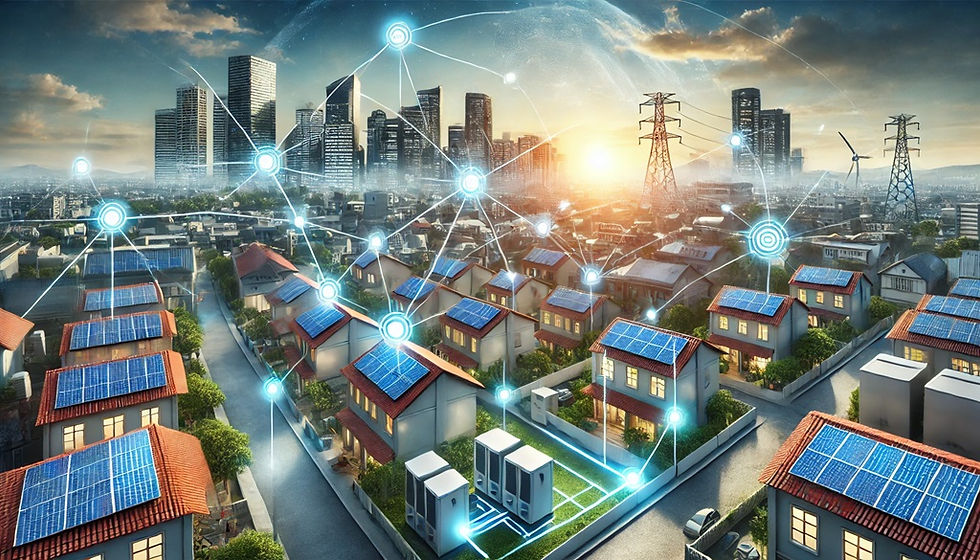Identification and prevention of shading on rooftop solar systems
- Soltell Admin

- Sep 14, 2022
- 3 min read
Updated: 3 days ago
The issue of shading is painful for a significant percentage of rooftop photovoltaic developers and operators. Often it's a permanent rooftop shading from nearby buildings or parts of the building's roof, while sometimes it is a shade created as a result of unbridled growth of vegetation and trees next to the facility. Besides structural shading analysis prior to solar system installation, there is no comprehensive solution to detect newly occurring shading issues, so each case is conventionally handled individually, from manual identification to finding a custom solution. A comprehensive tool to detect new shading issues in rooftop PV systems may dramatically increase the efficiency of identification and prevention. Such automation tool can come as part of a sophisticated high-accuracy performance analytics package.

There are several types of shading from the solar PV perspective, which can roughly be classified into permanent shading and dynamic shading. Permanent shadow can come from building elements and building attachments, electrical & communication poles and wiring. Dynamic shadow comes from temporary additions to the building (such as chillers, air conditioners, canopies etc.), and shading from trees and nearby vegetation which grows over time.
In the first two cases, we are mostly talking about a "fate" that cannot be changed and must be dealt with in terms of planning and adapting the PV system to the situation in advance. However, in the later two cases, it is about non-permanent factors that in some cases are not coming to awareness of solar operators at all or with a significant delay. However, after discovery of new shading - it can can be treated and often completely eliminated.
Hence, existing methods to deal with permanent factor shading are involving an appropriate layout planning of the panels, avoiding permanent shading locations and alternatively using panels embedded with optimizers/maximizers, which help to cover a larger part of the roof. The first solution in terms of proper system planning is relevant for fixed shading, while the implementation of optimizers / maximizers is most relevant for dynamic shading such as chimneys, poles and electrical wires. Of course, the solutions are very much localized and adjusted and it should be a combination of both.

Dealing with a temporary shading factor such as trees, vegetation or newly added equipment on the roof is more tricky. In such cases, there is typically a dap of knowledge on behalf of PV operations and hence the early detection is especially important. A shadow signature in the system output profile is unique in terms of time of the day and season of the year, thus "cutting out" generation at fixed hours and over a continuous period of time. A skilled person monitoring such facilities can in theory identify this manually by comparing several consecutive daily power and IV charts during seasonal variations, but there are also several advanced technological solutions to automate this process.
In order to identify newly occurring shading and differentiating it from a permanent seasonal shading, one must utilize either advanced algorithmics involving Artificial Intelligence or accurate quantitative performance assessment. Both methods can resolve the shading identification issue and help generating an automatic warning upon an abnormal drop in output. With its technology, Soltell's Sensorless technology (SWMT) enables not only the detection of permanent seasonal shadings, but also the segregation of new shadings and the quantification of their effect on system output for the purposes of predictive maintenance.
Interested in automatic identification and classification of shading in PV systems without extra hardware? Ask for a demo or contact us.




Comments